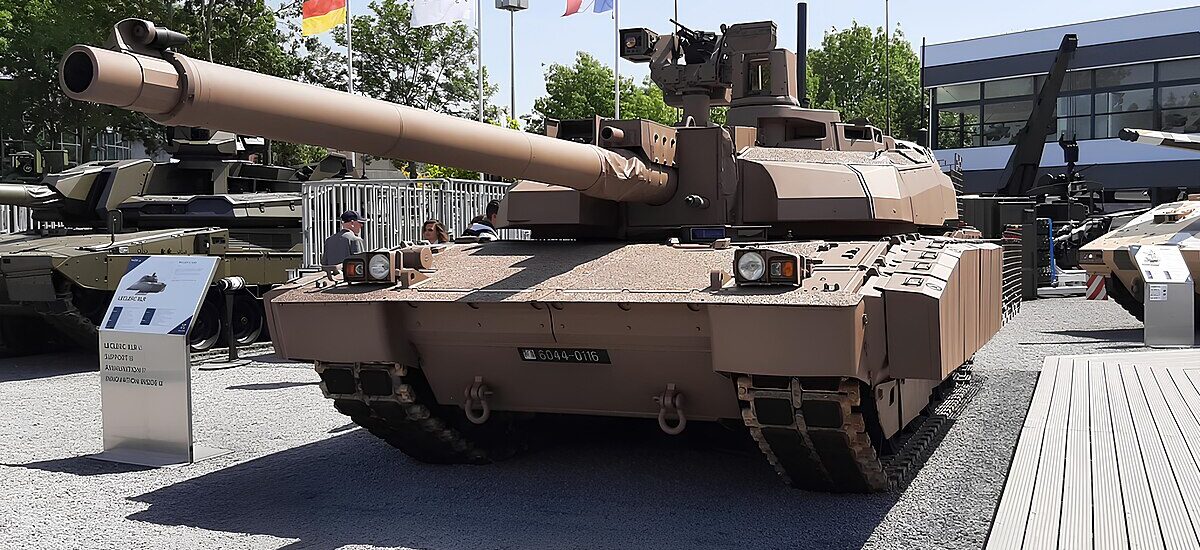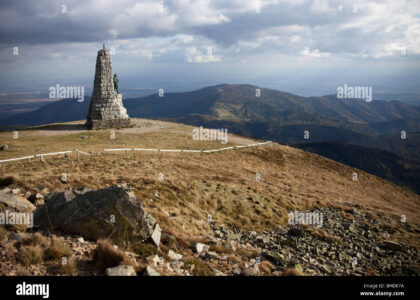Welcome to the story of the Leclerc tank, a marvel of modern engineering and a symbol of French military prowess. The Leclerc tank is named in honor of Marshal Philippe Leclerc de Hauteclocque, a distinguished commander of the Free French Forces during World War II. Marshal Leclerc’s legacy is one of courage and strategic brilliance, leading the 2nd Armored Division to liberate Paris from Nazi occupation in 1944.
The development of the Leclerc tank began in the early 1980s, as France sought to replace its aging fleet of AMX-30 main battle tanks. It was a time when the Cold War tensions were high, and the need for a new generation of military hardware was imperative. The project, initially called the Engin Principal de Combat (EPC), faced numerous challenges, including failed collaborations with Germany and the need for cutting-edge technology.
In 1991, production of the Leclerc tank commenced, marking a new era in armored warfare. It was designed with a strong emphasis on mobility and advanced fire control systems, setting it apart from its contemporaries. Its lightweight composite armor provided enhanced protection without compromising speed, enabling it to swiftly maneuver on the battlefield.
The Leclerc tank saw service with the French Army, the Jordanian Army, and the United Arab Emirates Army, highlighting its international appeal and adaptability. By 2022, the French Army began upgrading its fleet to the Leclerc XLR standard, incorporating modernized systems to maintain its edge in modern warfare.
A notable moment in the Leclerc’s history was its deployment to Estonia as part of NATO’s efforts to bolster defense capabilities in Eastern Europe. This demonstrated France’s commitment to its allies and the importance of the Leclerc in contemporary military strategy.
From its inception to its ongoing service, the Leclerc tank represents the evolution of military technology and France’s dedication to maintaining a formidable defense force.





